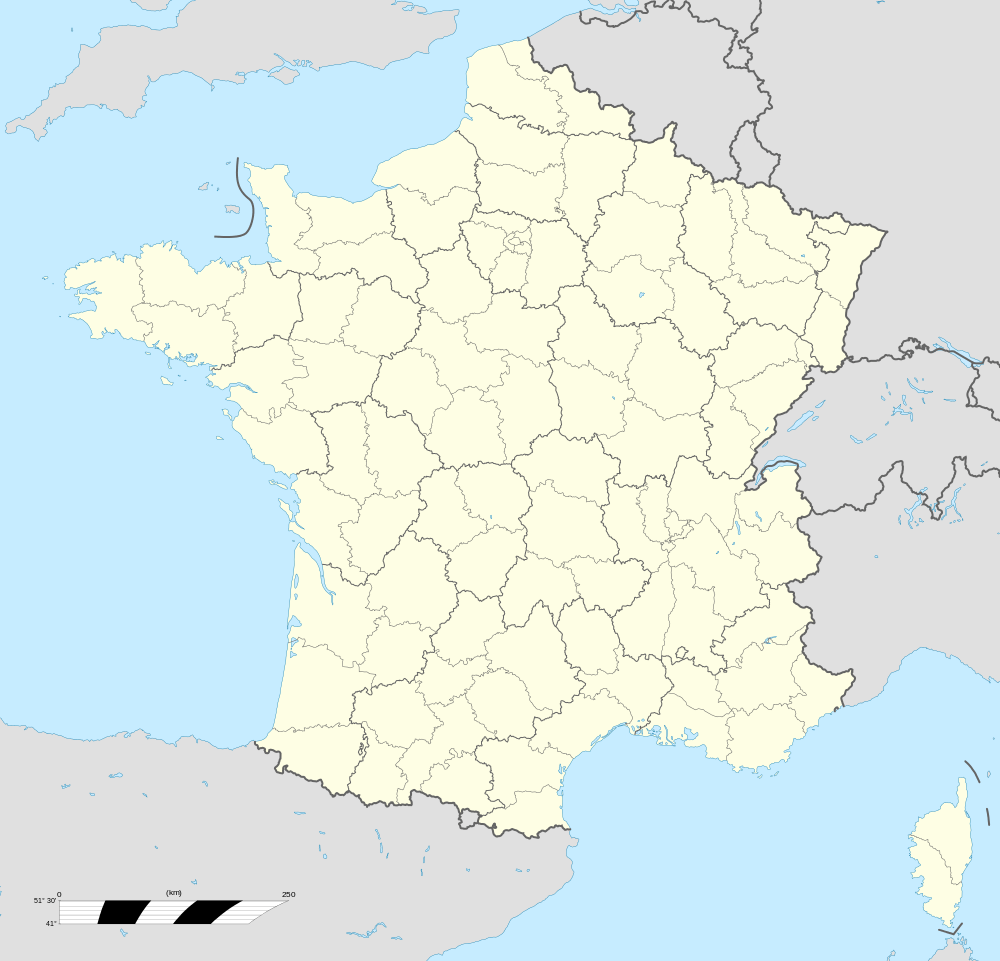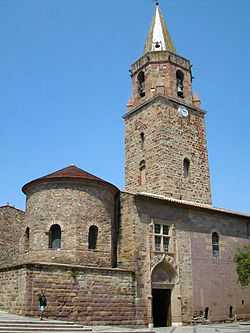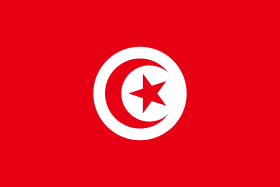Fréjus
| Fréjus | |||
|---|---|---|---|
|
The city hall | |||
| |||
 Fréjus | |||
|
Location within Provence-A.-C.d'A. region  Fréjus | |||
| Coordinates: 43°25′59″N 6°44′13″E / 43.4330°N 6.737°ECoordinates: 43°25′59″N 6°44′13″E / 43.4330°N 6.737°E | |||
| Country | France | ||
| Region | Provence-Alpes-Côte d'Azur | ||
| Department | Var | ||
| Arrondissement | Draguignan | ||
| Canton | Fréjus | ||
| Intercommunality | Var Estérel Méditerranée | ||
| Government | |||
| • Mayor (2014–2020) | David Rachline (FN) | ||
| Area1 | 102.27 km2 (39.49 sq mi) | ||
| Population (2006)2 | 52,389 | ||
| • Density | 510/km2 (1,300/sq mi) | ||
| INSEE/Postal code | 83061 / 83600 | ||
| Elevation |
0–616 m (0–2,021 ft) (avg. 8 m or 26 ft) | ||
|
1 French Land Register data, which excludes lakes, ponds, glaciers > 1 km² (0.386 sq mi or 247 acres) and river estuaries. 2 Population without double counting: residents of multiple communes (e.g., students and military personnel) only counted once. | |||
Fréjus (Occitan: Frejús, French pronunciation: [fʁe.ʒys]) is a commune in the Var department in the Provence-Alpes-Côte d'Azur region in southeastern France.
It neighbours Saint-Raphaël, effectively forming one town. The north of the commune forms part of the Estérel Massif.
On 2 December 1959, the Malpasset Dam, on the Reyran river above Fréjus, ruptured, killing over 400 people.
History

Fréjus contains a medieval city as well as a popular seaside resort. Created by the Romans, it attracts many tourists because of its history, cultural and artistic qualities, its well maintained beaches, the sea and sporting facilities. There are numerous places of interest in the area, all are reasonably accessible from Fréjus because of its convenient location. The history of city is very similar to that of Provence. It was destroyed many times in spite of the presence of the Roman Legions. In 49 B.C., Julius Caesar decided to have the Adrian Way built linking Italy with Spain. In those days the Phoenicians of Marseille had already set up a colony on the site, but it was the Roman emperor who gave the port its prosperity and the city its name of 'Forum Julii' meaning 'market of Julius;' he also named its port 'Claustra Maris' (The sea bolt). It went on to become one of the most important ports in the Mediterranean, until the Pax Romana, by denying Forum Julii its military activity, marked the beginning of its decline. The decay of Rome led to that of the cities of its empire. Between the 7th and the 9th centuries, Muslim invaders repeatedly raided the city. The sea encroached on the land while invasions by the Muslims and pirates left the monuments in ruin. By the 10th century there was very little left of the colony, mostly rubble. Sea-borne silt clogged up the port and led to the formation of a huge swampy plain, which then separated the village from the sea.
Napoleon Bonaparte landed at Frejus on October 9, 1799, returning from Egypt in order to ostensibly defend the French Directory in Paris.
During the First World War Fréjus became the main centre for hivernage (wintering) for the Senegalese Tirailleurs. The town also contained segregated hospitals with images of African village life painted on the walls[1]
List of mayors
| Start | End | Name | Party | |
|---|---|---|---|---|
| 1977 | 1997 | François Léotard | UDF | |
| 1997 | 2014 | Élie Brun | UMP | |
| 2014 | - | David Rachline | FN | |
Notable people
- Gnaeus Julius Agricola, Roman governor of the province of Britain
- St. Maximus, Abbot at Lerins and Bishop of Frejus (d. AD 460)
- Belinda Carlisle, singer, lives in Fréjus
- Kevin Constant, footballer
- Mario Espartero, footballer
- Odiah Sidibe, athlete
- Abbé Sieyès, French Revolution theorist and author of What is the Third Estate?, born in Fréjus in 1748
- Marc Andreu, rugby union player
- Anthony Modeste (born 1988), footballer
- Adil Rami, footballer
- Layvin Kurzawa, footballer
Main sights
The church of St. Maximinus, begun towards the end of the thirteenth century by Charles II of Sicily and completed by the end of the fifteenth century, an example of pointed architecture in the south of France. The head of St. Mary Magdalen is honoured here, and the crypt contains tombs which date from the first centuries of the Christian Era.
Forum Julii still has a lot of its ruins and an exceptional archaeological value. There's the Roman Amphitheatre, arcades of the Oree Gate, and remains of the Aqueduct arches. There is also the Cathedral, Chapel Jean Cocteau, Aurelienne's villa and Aurelien's park. The rhythm and mood still lives on today with many exhibitions, theatre and classical music events.
Keeping up with its many traditions and artistic activities, Fréjus organises several fairs throughout the year. There is the pottery fair and the Bravade (street market bargains), in and amongst its Roman and Gothic architecture with the 'old tile' roof tops and tinted walls. Everything blends in happily with the recently developed port and its neo palladian design and carefully selected Provençal colours which give it a unique identity. Port Fréjus which has a capacity of 750 moorings, is surrounded by beautiful fine sandy beaches. The town is very conscious of its natural heritage. As a backdrop there is the massif de l'Esterel, the (Esterel hills) and its 'Nature' base situated on the sea edge, as well as protecting the area and its environment. Many sporting events are held here. There's the well-known annual 'Roc Azur' mountain bike event which is completely open to everyone of all ages. There are plenty of walks to enjoy and strongly recommended is to see the infamous Malpasset Dam, which in 1959 burst partly destroying the town, uprooting everything in its path and causing 421 deaths. Only the ancient monuments withstood the torrent. Along the length of the dam's remains, all sorts of Mediterranean flora can be found such as heather, pine, oak and wild strawberry trees (Arbousiers).
Transport
The Gare de Fréjus train station offers connections to Toulon, Nice and several regional destinations. Long distance destinations are accessible from the nearby Gare de Saint-Raphaël-Valescure. The A8 motorway connects Fréjus with Aix-en-Provence and Nice.
Twin towns - sister cities
Fréjus is twinned with:
 Fredericksburg, Virginia, USA
Fredericksburg, Virginia, USA Triberg, Germany
Triberg, Germany Dumbéa, France
Dumbéa, France Paola, Italy
Paola, Italy Tabarka, Tunisia
Tabarka, Tunisia
See also
- Bishopric of Fréjus
- Malpasset
- Communes of the Var department
References
- ↑ Mann, Gregory (April 2005). "Locating Colonial Histories: Between France and West Africa.". The American History Journal 110 (5): 409–434.
External links
| Wikimedia Commons has media related to Fréjus. |
- Official website
- Frejus website
- Forum Julii in 3D
- Fréjus la plate-forme
- Tourism website (in French)
- Port of Frejus Marina
- Photo of Fréjus Cathedral

.svg.png)